Misc. news stories

Researchers at the University of Tartu in Estonia have developed a virtual reality (VR) experience that seeks to simulate the subjective effects of psychedelic drugs…Their latest findings, published in Frontiers in Psychiatry, provide preliminary evidence that such VR experiences might help to alleviate depression.
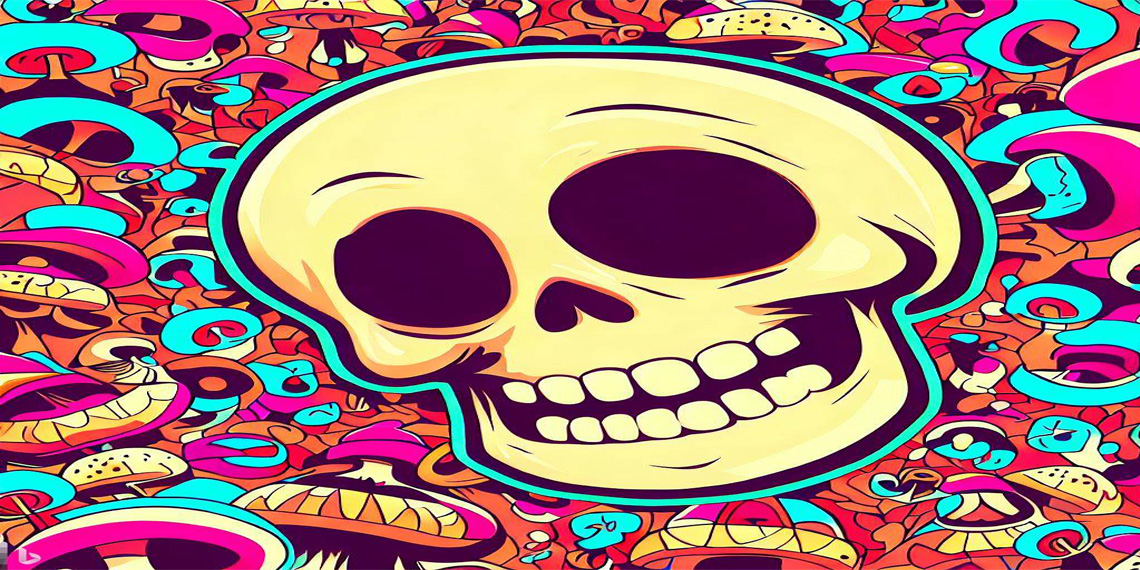
Research recently published in Death Studies sheds light on the relationship between increased subjective well-being after psychedelic use and potential reductions in death anxiety.

A move to allow Australian psychiatrists to treat depression with psilocybin may herald a new era

Lawmakers want the DEA to clarify that the seriously ill can access psychedelics under “Right to Try” laws.

A study of U.S. Special Operations Forces Veterans participating in an ibogaine and 5-MeO-DMT treatment in Mexico showed that participants treated with these psychedelic substances showed a significant reduction in alcohol misuse 1 month after the start of the treatment.

Human longevity records may be broken in the next few decades, a new modeling study suggests.The study, was published on March 29 in the journal PLOS One.
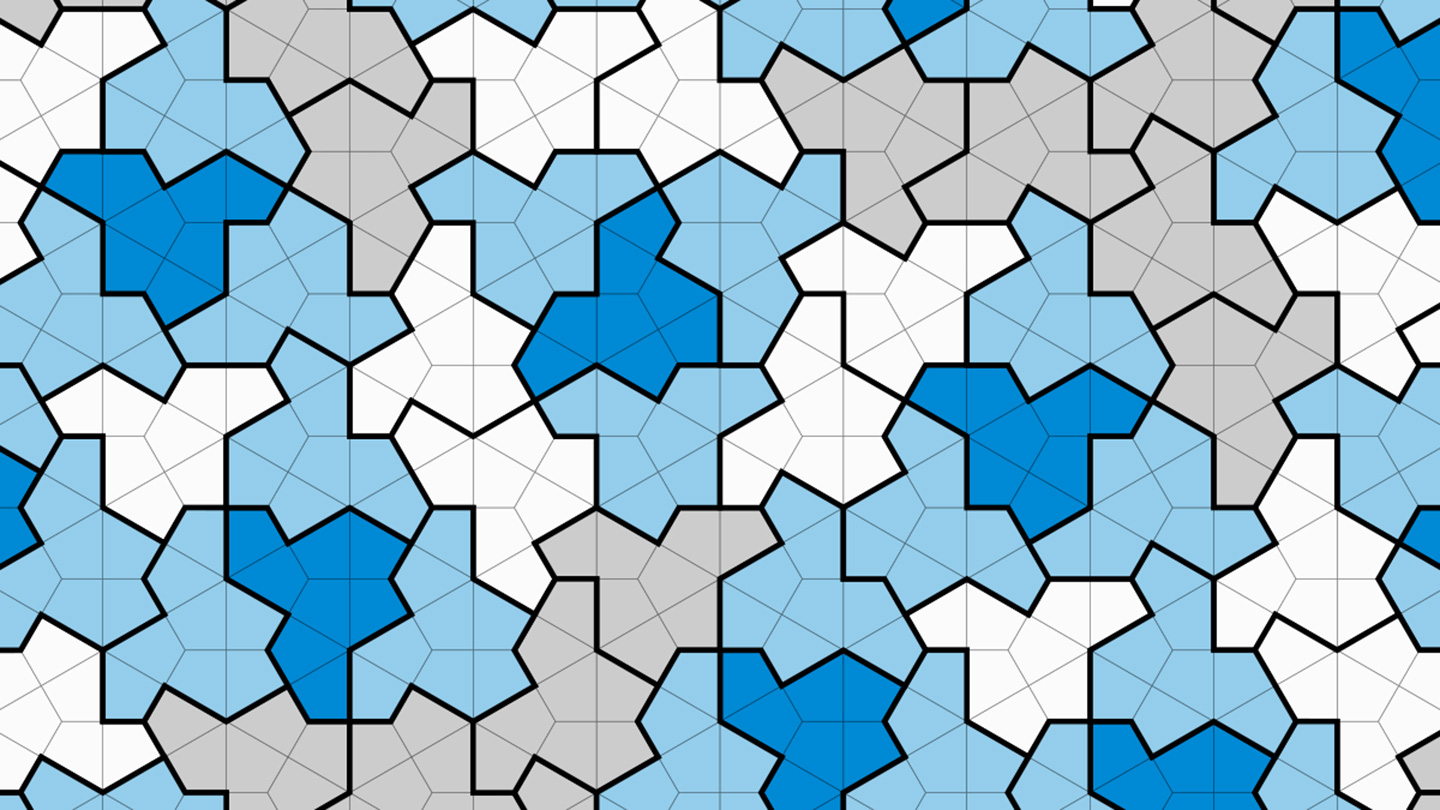
A 13-sided shape known as “the hat” has mathematicians tipping their caps. It’s the first true example of an “einstein,” a single shape that forms a special tiling of a plane: Like bathroom floor tile, it can cover an entire surface with no gaps or overlaps but only with a pattern that never repeats.
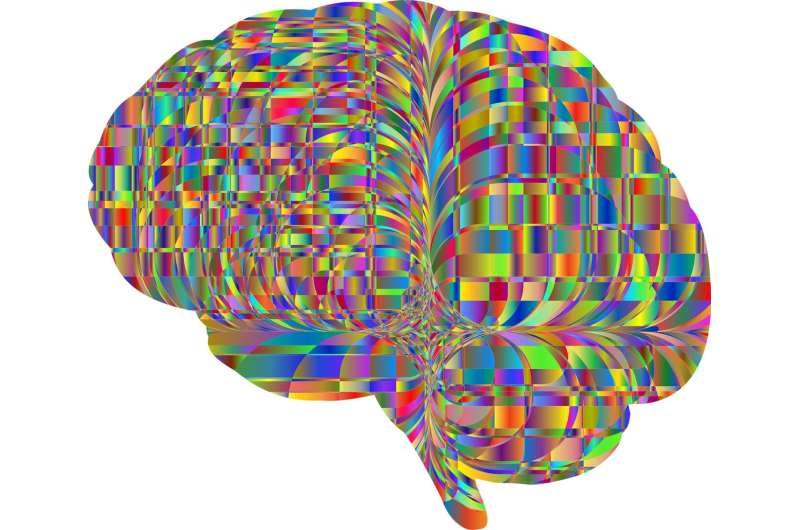
In a study at Imperial College London, detailed brain imaging data from 20 healthy volunteers revealed how the potent psychedelic compound DMT (dimethyltryptamine) alters brain function.
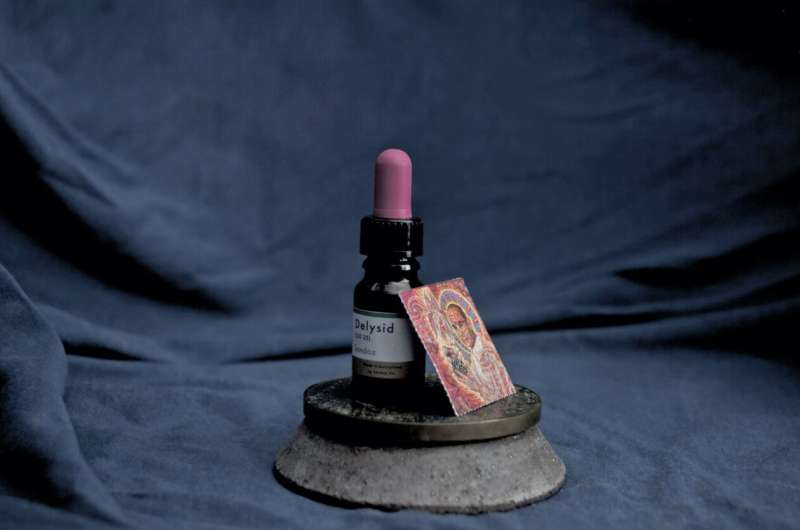
Researchers have recently conducted a study exploring the potential of a non-hallucinogenic version of LSD for treating mood disorders. Their findings, published in Cell Reports, suggest that non-hallucinogenic LSD could have positive effects of mood, while also reducing the need for medical supervision while taking the drug.

“We live in a society where religion and spirituality are taboo and something we rarely talk about with each other. What we believe in, why we are here, what happens when we die. And we might be led to believe that it’s not important, or something we shouldn’t concern ourselves with in the healthcare system. But our study convincingly shows that these topics are important…”

Psychedelic businesses have an opportunity to disrupt existing paradigms with regenerative economic practices. The question is: will they take it?
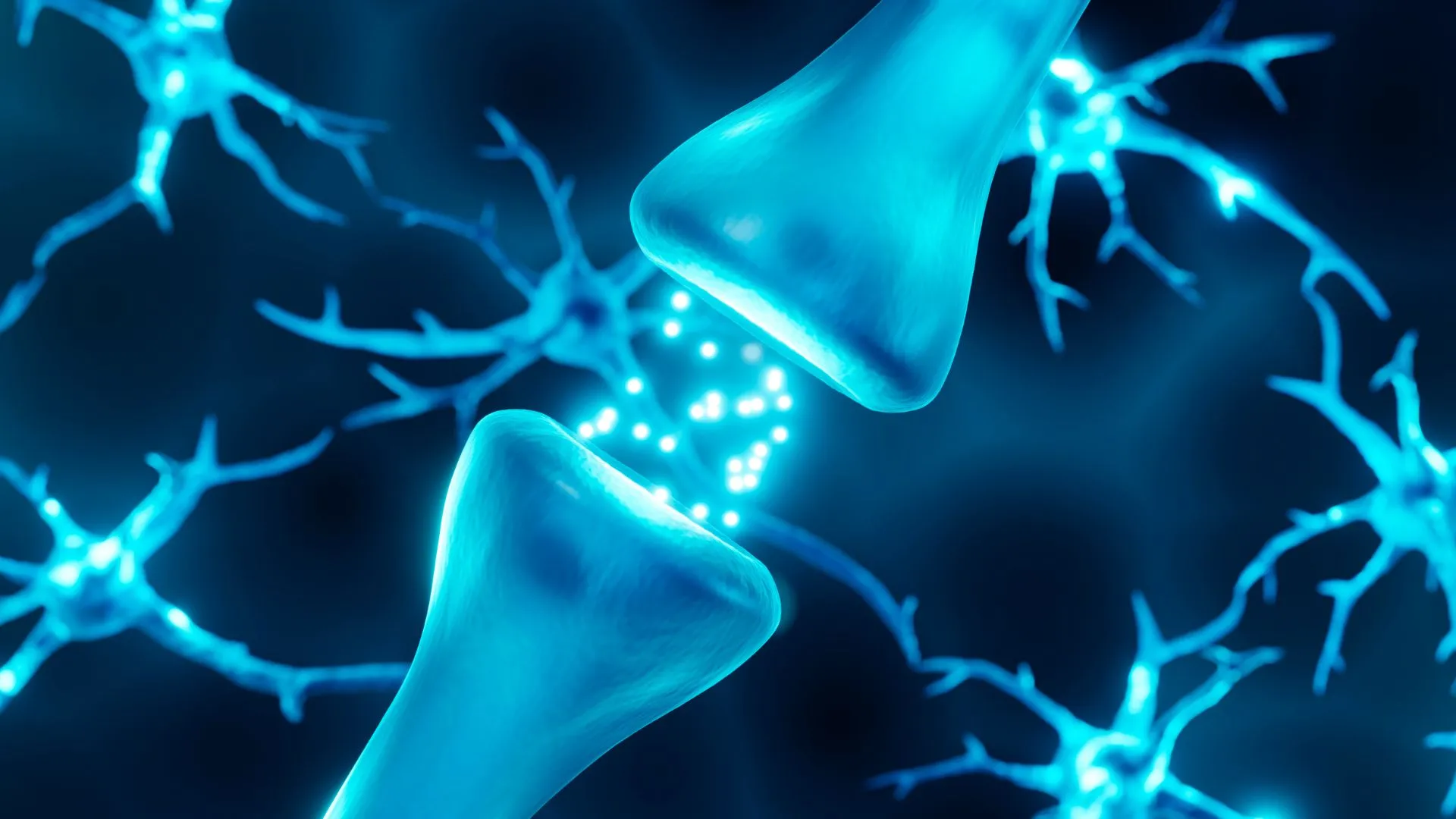
A study suggests that psychedelics can access receptors inside cells that standard antidepressants usually can’t affect.

A Nasdaq-listed company is trialling the active ingredient in magic mushrooms as a new treatment.
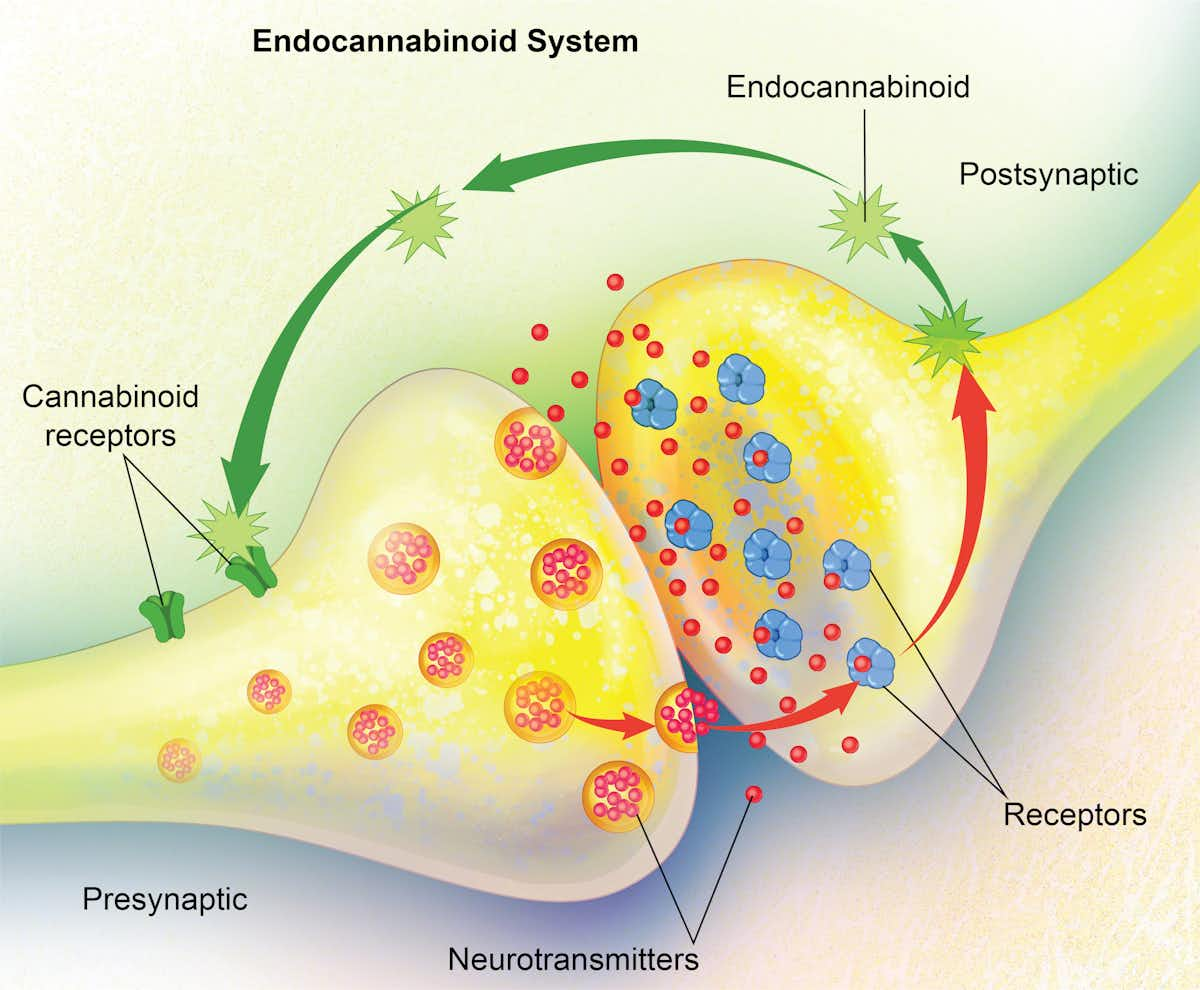
It is as if the human body has its own version of a marijuana seedling inside, constantly producing small amounts of endocannabinoids.
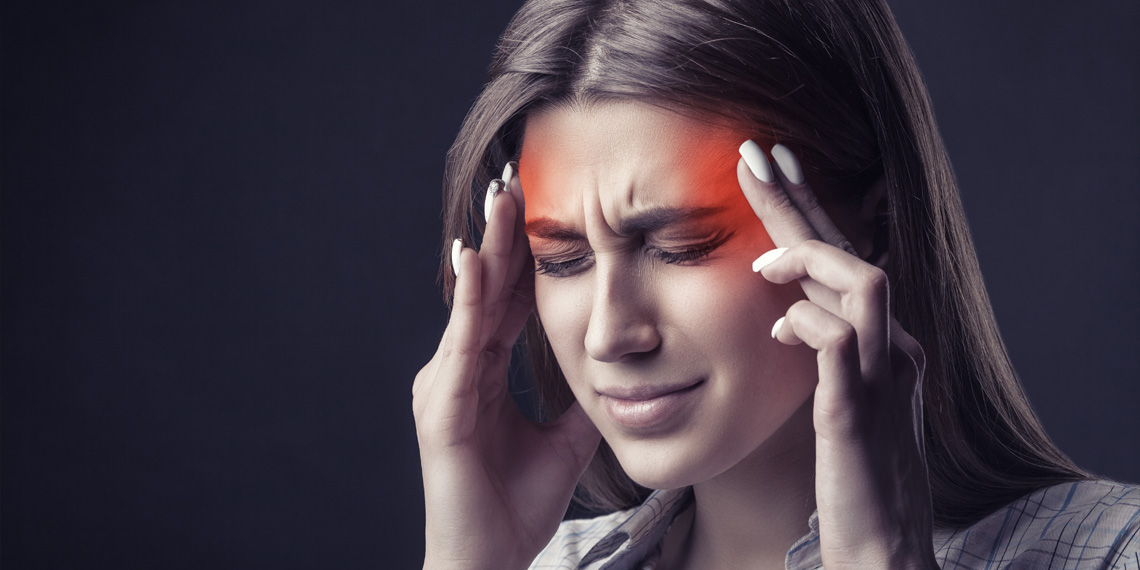
The results from the first randomized, double-blind, placebo-controlled study to systematically investigate the effects of psilocybin in cluster headache has been published in the scientific journal Headache. The initial study provides useful information for creating bigger and more conclusive studies in the future.
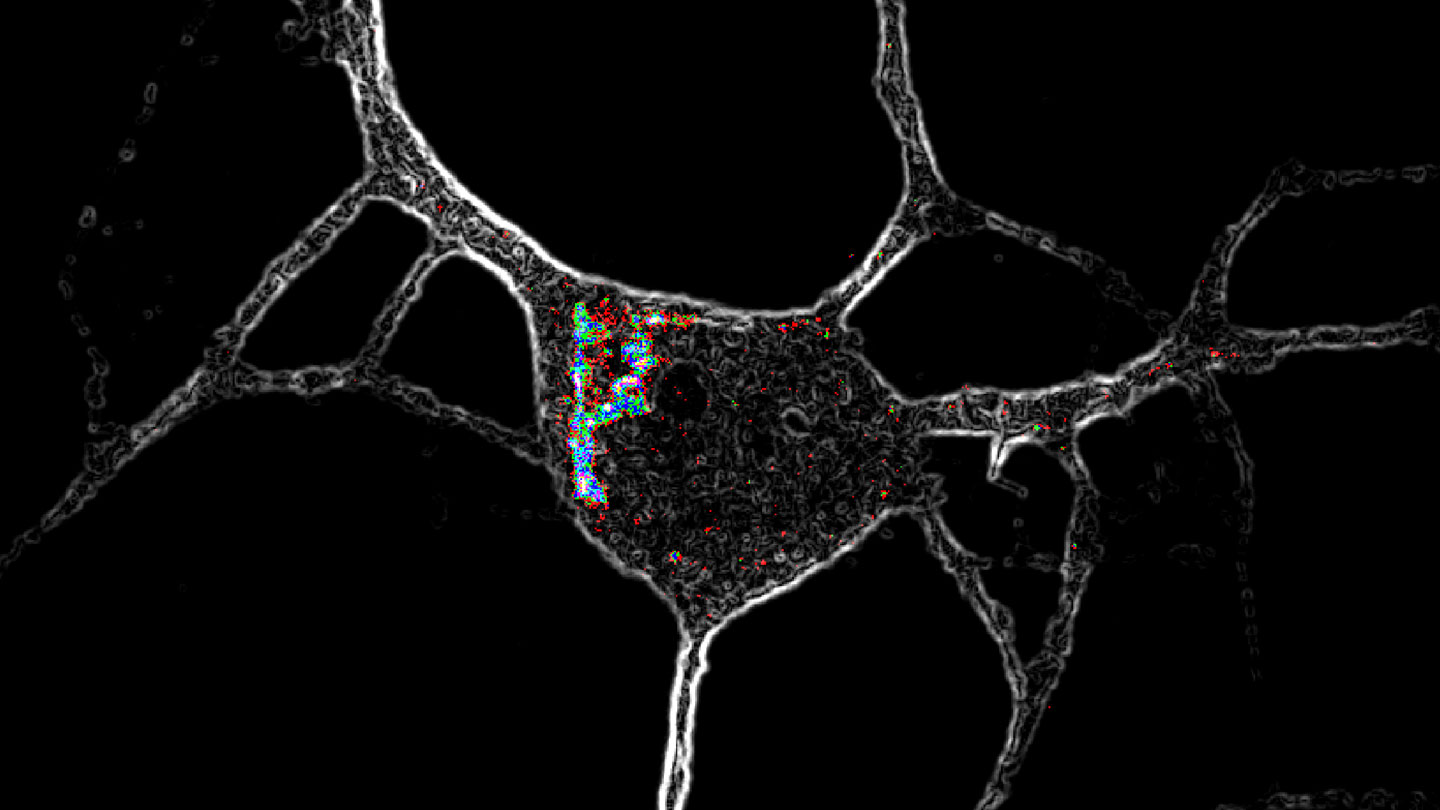
Psychedelics go beneath the cell surface to unleash their potentially therapeutic effects.








